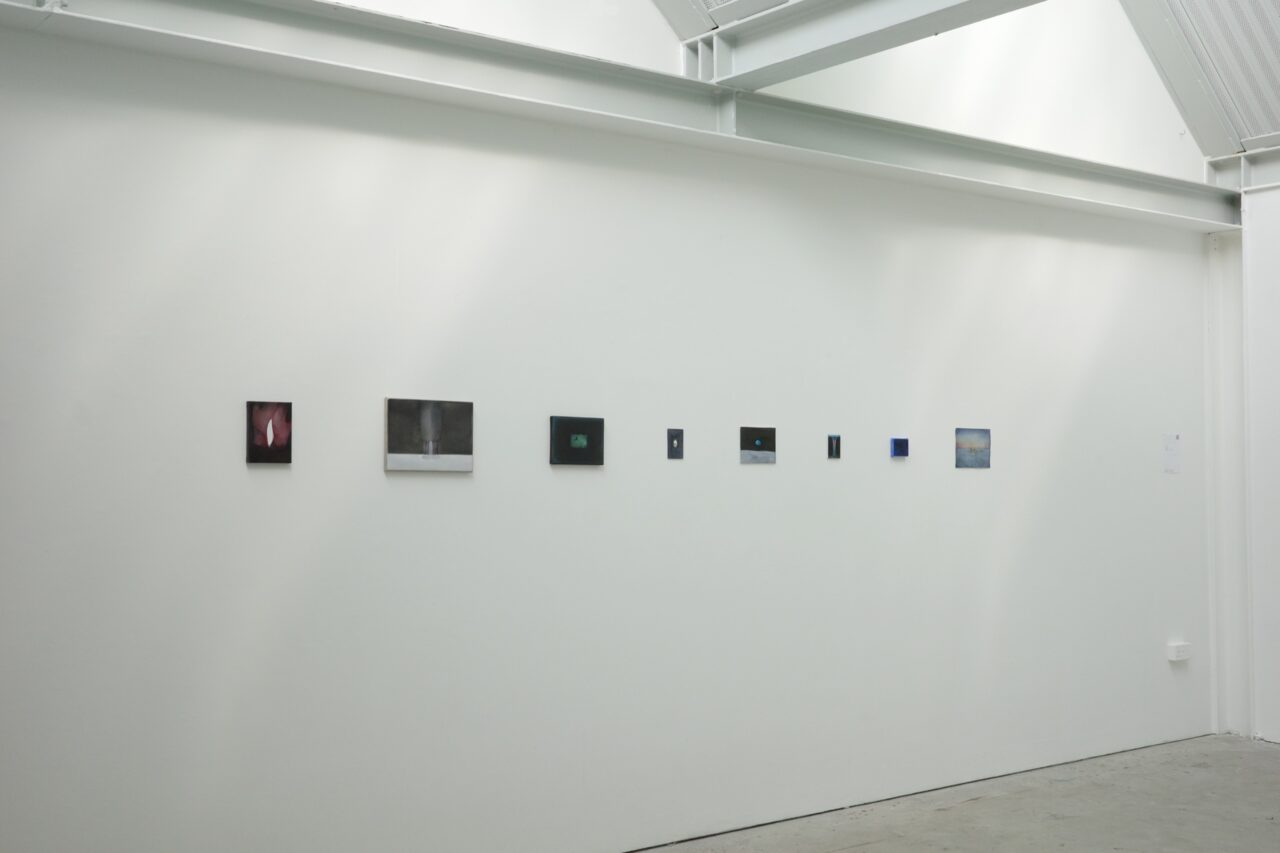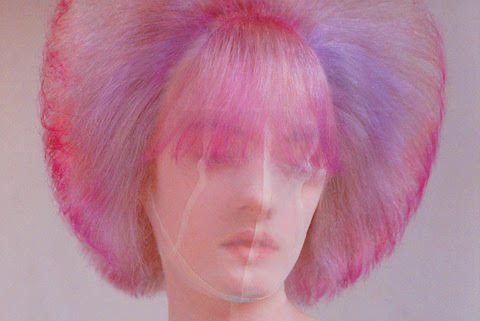
「觀眾常常以『平和』來形容我的作品,雖然我是靠著直覺來創作,沒有特定想表達的情感,但我仍是很感謝觀眾能在我創作的圖像裡得到任何的情感和想法。我希望作品能成為一個觸發點,讓觀眾想起他們自己的故事,成為他們不言而喻的秘密。」
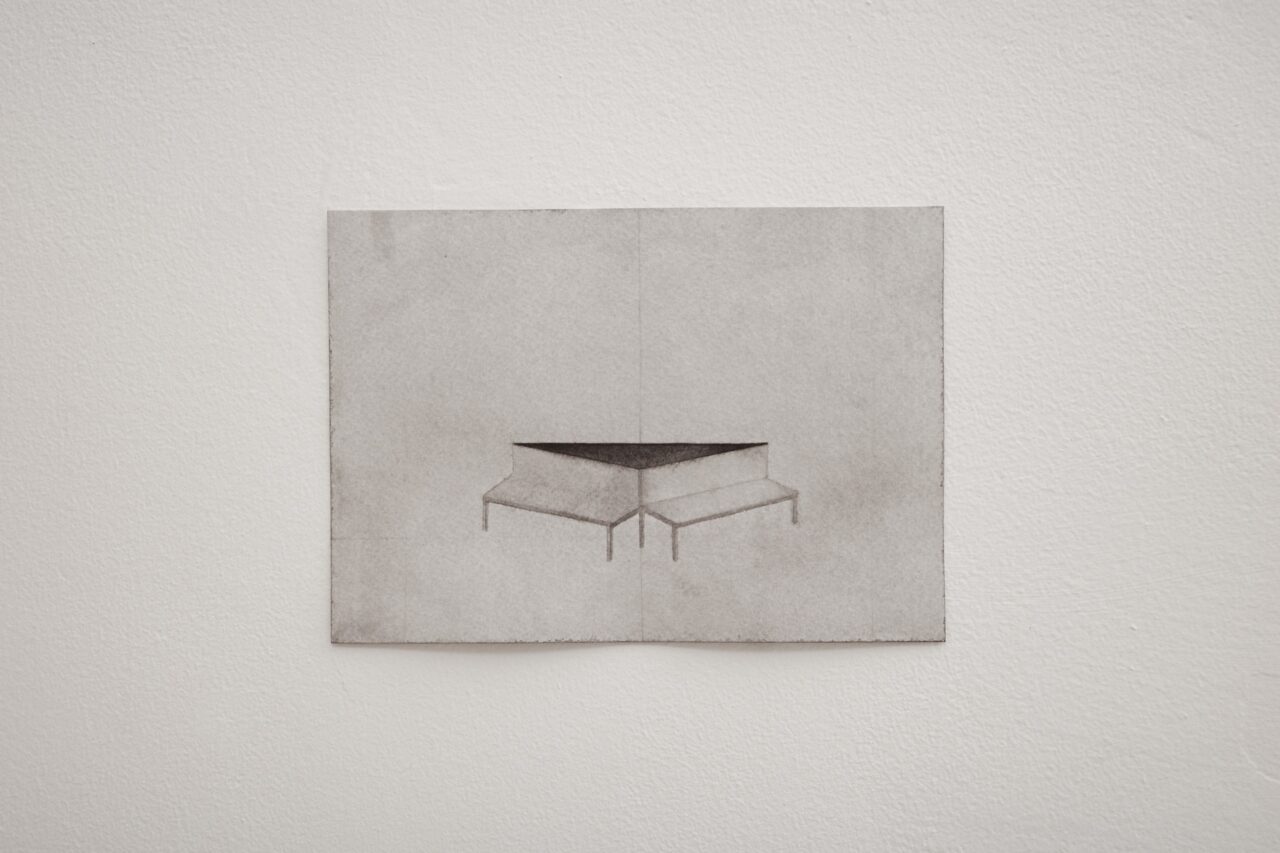
「觀眾常常以『平和』來形容我的作品,雖然我是靠著直覺來創作,沒有特定想表達的情感,但我仍是很感謝觀眾能在我創作的圖像裡得到任何的情感和想法。我希望作品能成為一個觸發點,讓觀眾想起他們自己的故事,成為他們不言而喻的秘密。」
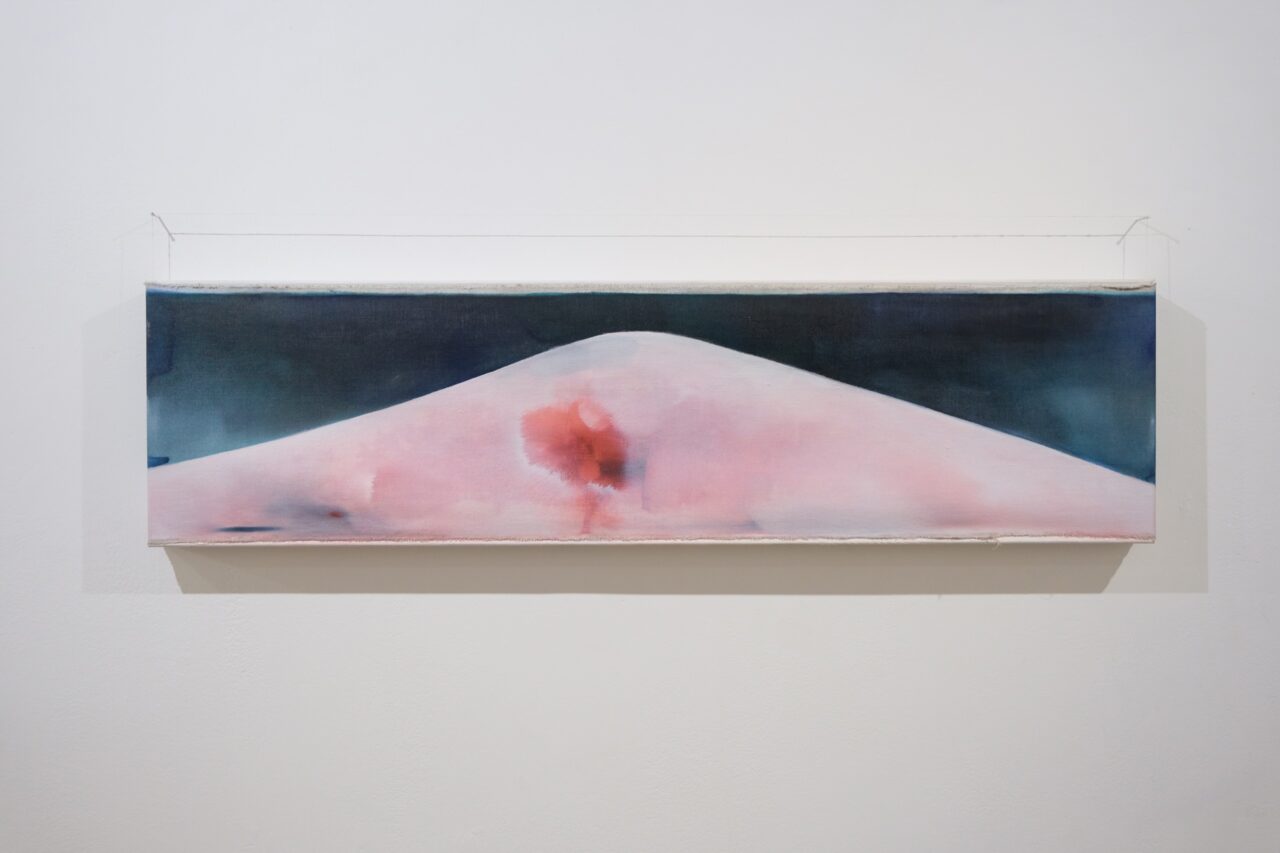
韓國年輕藝術家Song Lee,去年於英國的Royal College of Art的繪畫碩士畢業,在這之前已參與過不同的展覽,包括上年在THE SHOPHOUSE舉行的聯展《The Hoarders》,以「囤積」為主題,探討收藏品與收藏者之間的關係。Song既是創作者,也是收藏者,她喜歡把收集下來的物品,以畫筆重新地演繹出來,並收藏在畫布之中。「我選了三幅作品參展,作品都是繪畫日常生活中的物品。藉著這些物品去表達它們之間的位置和關係,怎樣連結和分離,或是同時處於這兩種狀態之中。」
從小便喜歡收集物件和印刷品的Song,喜歡把東西按次序地排列在牆上、筆記本裡,或是在小玻璃櫃內展示,這行為被她稱為「為不知名藝術家的隨機創作的策展訓練」。「在這創作過程中,揀選、整理和創造一個環境,讓物件之間連結是很重要的部分,就像我選哪些字來寫成一句句子。我很享受這過程,也讓我走進了成為藝術家的道路。」

展覽場地是優美的舊式建築,敞亮的白色牆上掛著Song小小的作品,觀眾必須走近它,才能看到畫的內容、細膩的筆觸和它散發出來的氛圍。「我一直在做細小的作品,純粹是我認為它的尺寸不需要更大。例如是,作品的重點在於能夠為觀眾帶來些什麼意義,多於戲劇性的效果。把它們維持在細小的狀態,也能讓觀眾更接近它們。我希望觀眾能花時間在作品前更貼近、細心地觀賞。」
走近Song的作品,觀眾能看到即使是黑色,也不是純實的黑色,它是有層次的,漆黑中帶一點灰,灰裡又有一點白,就像漆黑中滲進了散漫的光。Song的水彩畫予人平和感,大概是來自顏料和水,還有時間,一層又一層的交疊。「繪畫是層次的集合,也是時間的集合,我喜歡留下過程的痕跡,讓觀眾能感受到這幅畫所經歷的時間,所以我喜歡使用透明的物料,甚至是使不透明的物料變得透明。」
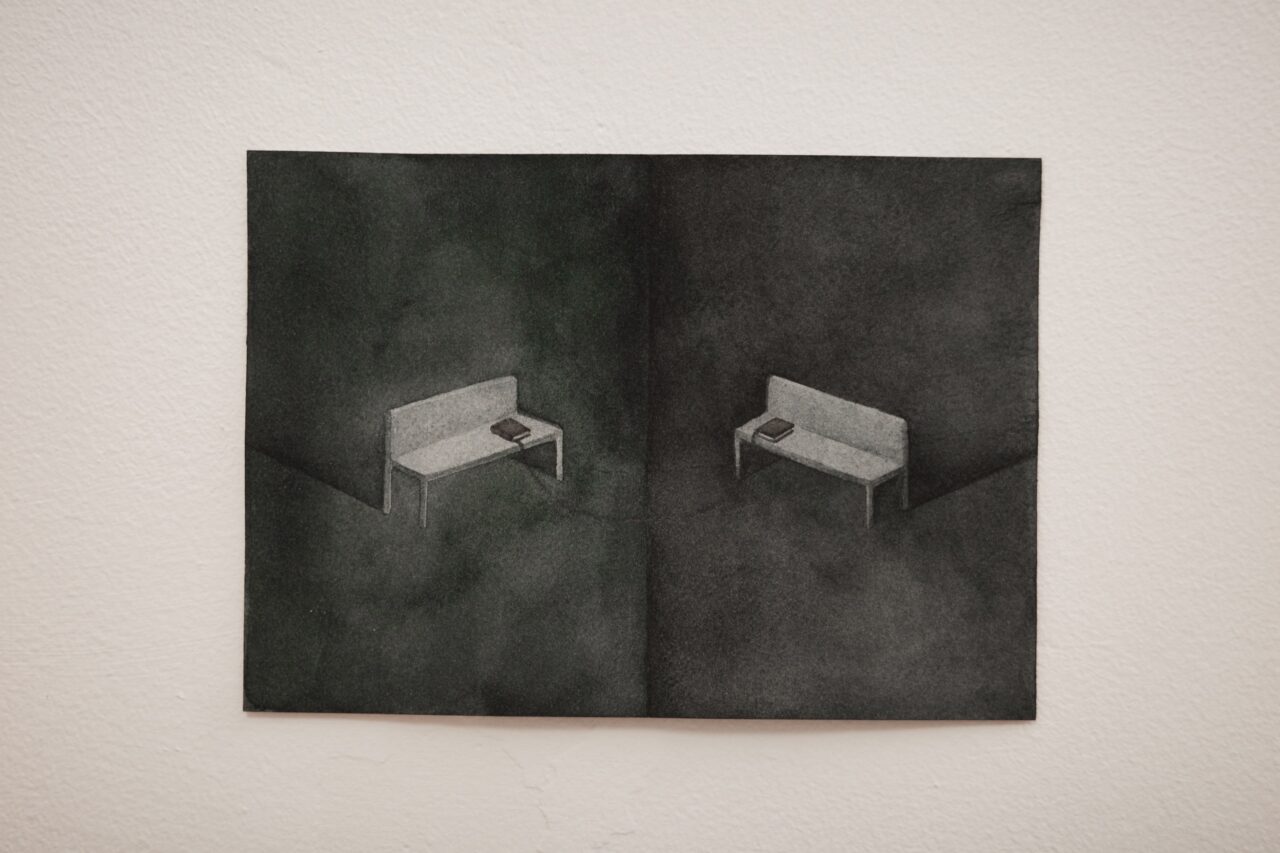
喜歡攝影的Song,在畫布上也呈現了她獨特的攝影語言,靜止的時間、孤寂的氣氛,同時帶著溫柔的眼光。眼睛看到的就是它真實的樣子嗎?Song在畫布上與觀眾一起探索各種答案。
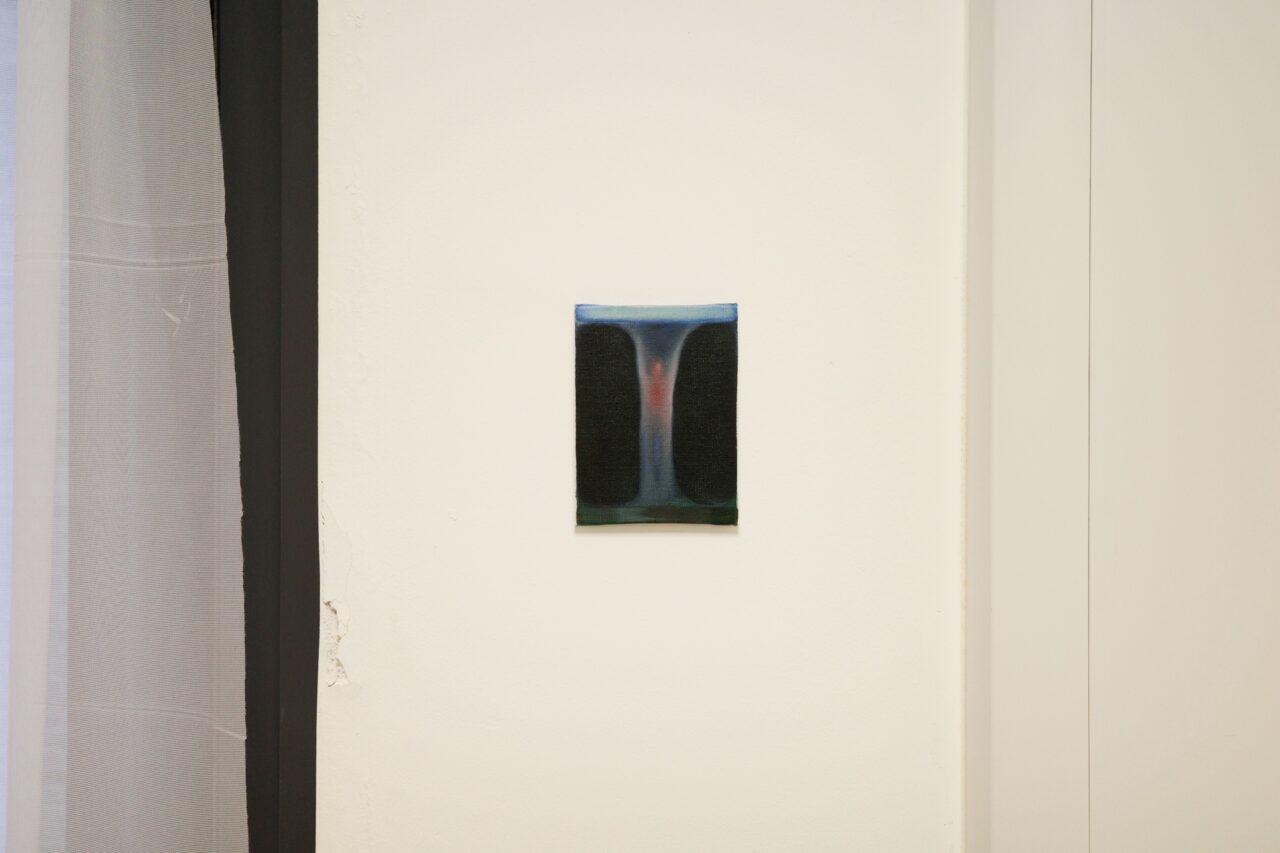
“Viewers often describe my work as ‘peaceful,’ although I don’t intentionally aim for a specific emotional effect. I appreciate any kind of emotions or thoughts they get from my images. I want my paintings to act as a trigger to bring out the viewersʼ own stories, which I believe is fine to remain as their unspoken secrets.”
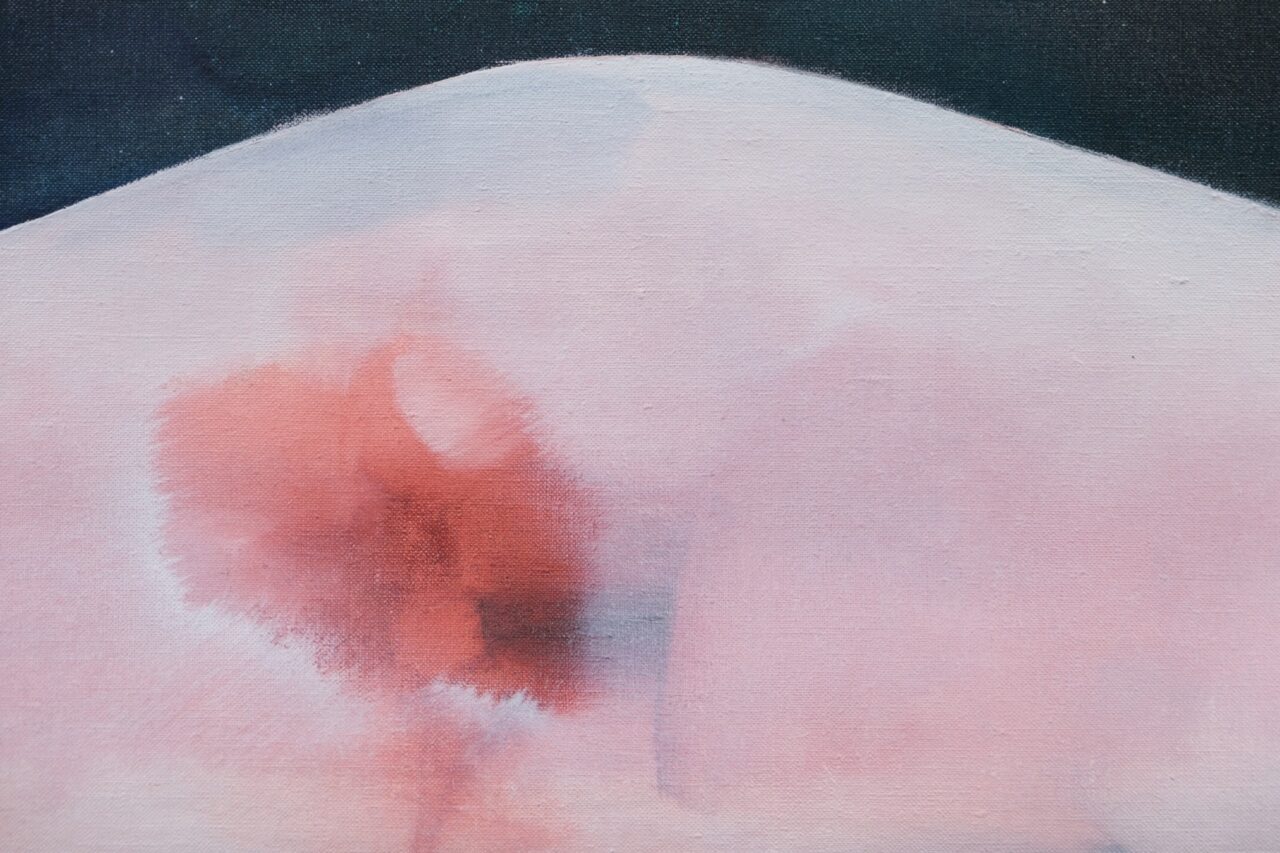
Song Lee, a young artist from South Korea, graduated last year with a Master’s degree in Painting from the Royal College of Art in the UK. However, her artistic journey began long before, as she actively participated in exhibitions, including the group exhibition titled, The Hoarders, at THE SHOPHOUSE last year. This exhibition centered on the theme of hoarding and explored the intricate connection between collectors and their cherished collections. As a creator and collector, Song finds inspiration in the objects she gathers and breathes new life into them on canvas through her unique perspective. “The three pieces I selected for the exhibition are common in that they are still objects from everyday life. I chose the objects to show the positions and relations made in between – how they connect and disconnect, or do both at the same time.”
Ever since she was young, Song has had a deep passion for collecting various objects and printed materials. She enjoys arranging these items in a deliberate manner, whether it’s placing them on walls, storing them in notebooks, or displaying them in small glass cabinets. She refers to this practice as her “curatorial training for random creations by unknown artists.”
“In my creative process, it is a big part to select, to arrange and to create settings and see how they relate to and from each other. I enjoy playing with the relations as if I were writing a sentence with the chosen words. It also led me to the path of becoming an artist.”
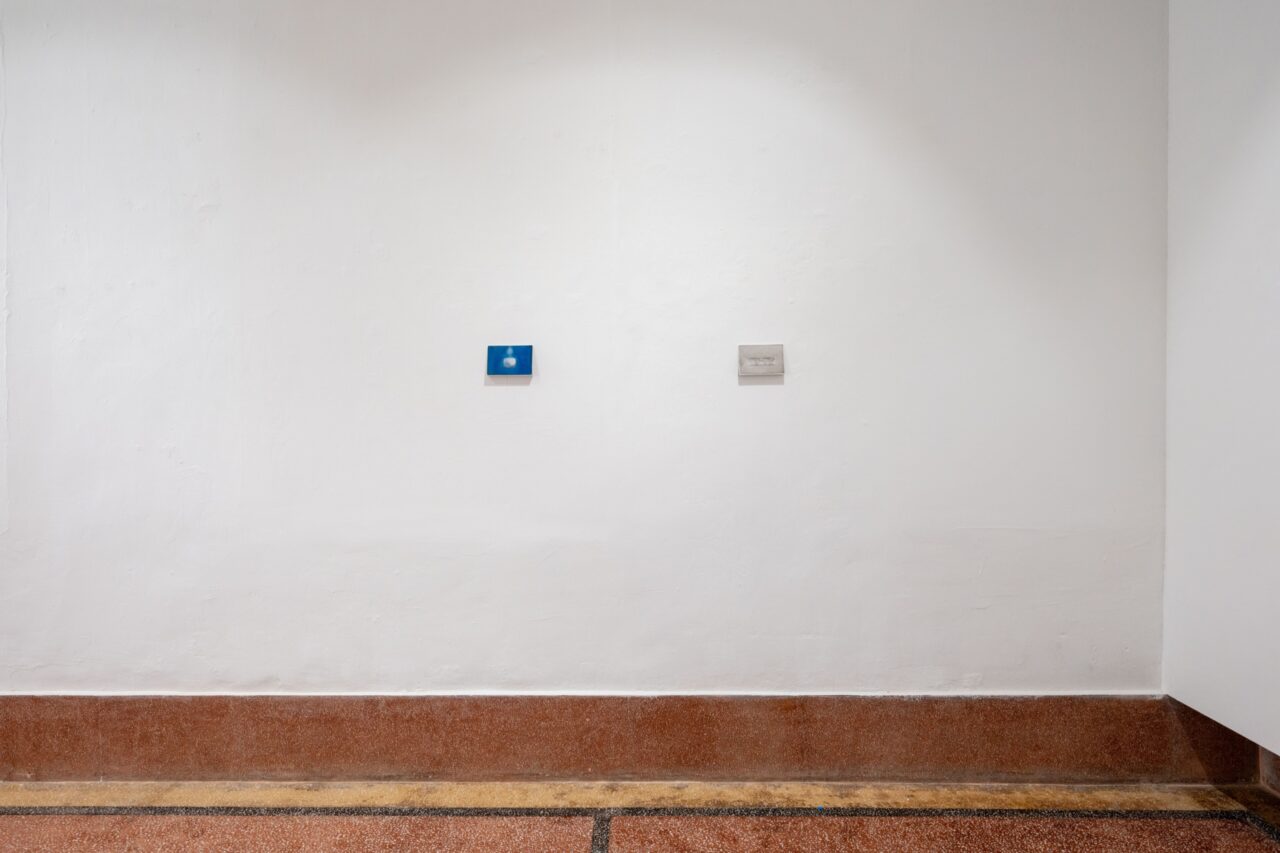
The exhibition took place in a beautiful, old building where Song’s small-scale pieces were carefully displayed on bright white walls. To fully immerse themselves in the artwork, viewers must come up close, allowing them to appreciate the intricate brushwork, delve into the content, and absorb the unique atmosphere each artwork emanates. “I have been making small works, simply because I feel no need to make them bigger. My focus is more on the potential meanings the painting could bring into the viewerʼs mind, rather than theatrical effects, to say as an example. I keep them small also to bring the viewers closer to my work. I hope the viewers take their time and have a closer look right in front of the paintings.”
Getting closer to Song’s artworks, viewers can see that black is not merely a flat, solid color, but a complex entity with depth. Shades of gray intertwine within the darkness, while delicate hints of white emerge from the gray, as if diffused light permeates the profound darkness Song’s watercolor paintings evoke a sense of serenity, stemming from the interplay between pigments, water, and the passage of time; layer upon layer, these elements intertwine. “I regard the painting as a collection of layers, which can also be said as a collection of time. I prefer to leave the traces of the process uncovered so the viewers can feel the time the painting had gone through. This has led me to use materials that are transparent, or even use opaque materials transparently.”
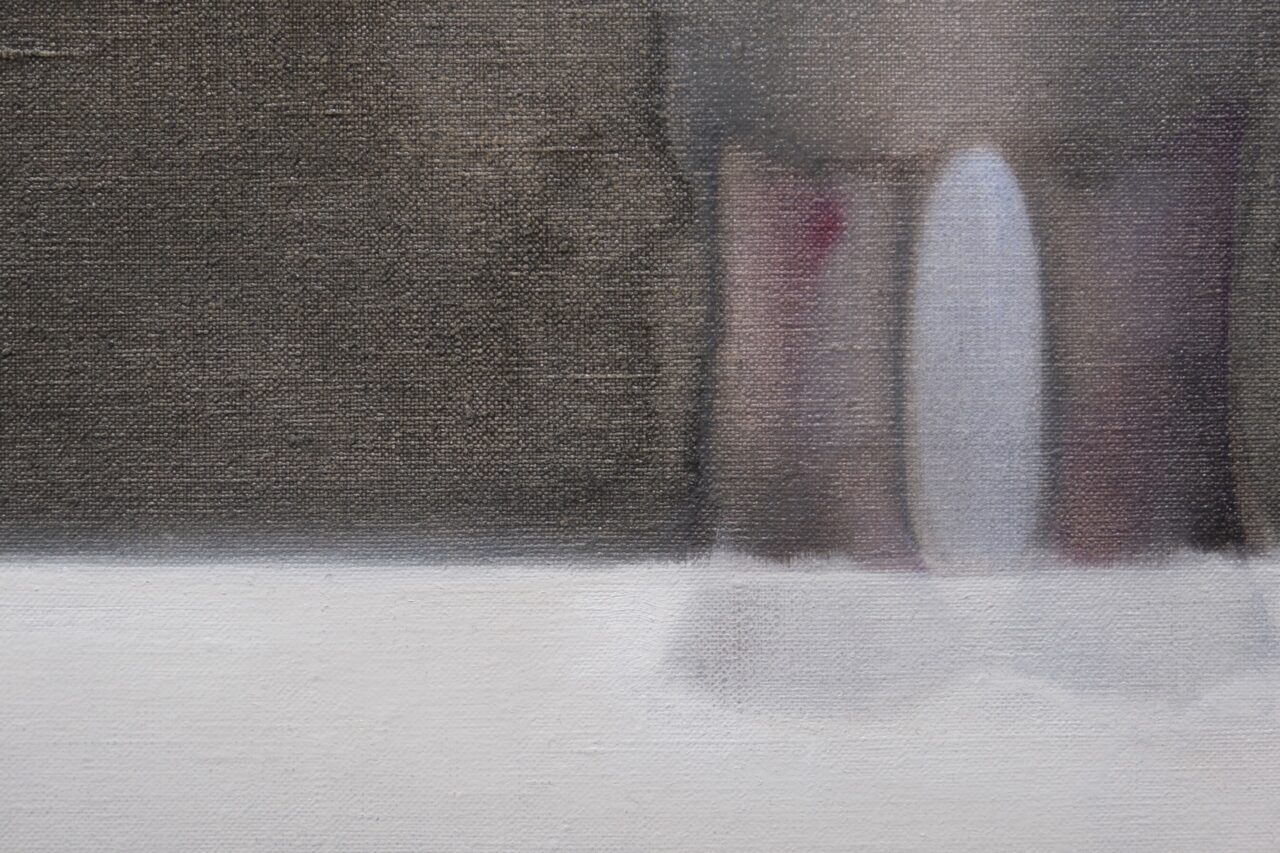
Song, with her love for photography, translates her distinctive photographic language onto the canvas. Her work captures the moments frozen in time and an atmosphere of solitude through a gentle perspective. Yet, do our eyes truly grasp the essence of what they perceive? On the canvas, Song embarks on a journey of exploration alongside the viewers.
